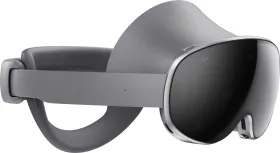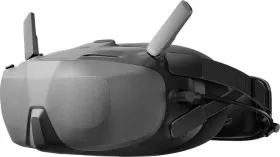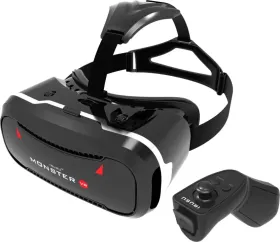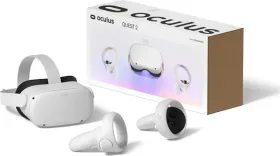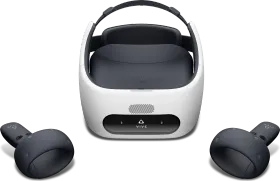The vivo Vision solves the two major problems with the Apple Vision Pro – price and comfort.
Marking its 30th anniversary, vivo has entered the mixed reality (MR) market with the launch of its first headset, the vivo Vision Discovery Edition. This move makes vivo the first Chinese smartphone manufacturer to release an MR device, positioning it directly against Apple’s Vision Pro in the spatial computing space.
Design and Build
The Vision Discovery Edition weighs 398 grams and measures 83mm in height and 40mm in thickness, which vivo claims is “26% smaller than the industry average.” vivo seems to have used composite materials to reduce overall weight, and the result is something that’s almost 200 grams lighter than the Vision Pro.

The ergonomic approach includes four light seal sizes and eight foam padding options for different face types, intended for longer sessions or active use. An anti-fog air intake system prevents lens fogging, a recurring issue in competing headsets.

Hardware and Performance
The headset is powered by Qualcomm’s Snapdragon XR2+ Gen 2 platform, delivering 2.5X GPU performance and 8X AI processing compared to its predecessor (which we saw on the Meta Quest Pro).
Dual Micro-OLED displays provide 8K binocular resolution (4K per eye), 94% DCI-P3 color coverage, and DeltaE<2 accuracy. Brightness and color consistency between eyes are calibrated, with differences kept under 2 nits to reduce strain.
The front visor heavily resembles the Apple Vision Pro, with six outward-facing sensors (likely a mix of cameras and depth/ambient light sensors) placed symmetrically across the frame. At the bottom sit two forward-facing cameras for passthrough and environment mapping, while the top houses a vent with an internal cooling fan. Interestingly, there is no display on the front, like the Vision Pro.

The magnetic front cover hides swappable prescription lens inserts. The inserts click easily into place, and different facial gasket sizes ensure better comfort and fit for different users.

Software and Interaction
Running on OriginOS Vision, the headset supports “move-and-pinch” controls to replace screen taps. Eye-tracking accuracy is listed at 1.5°, with fingertip recognition supporting 26 degrees of freedom and a 175° vertical range. The system is designed for natural navigation through subtle hand and eye movements.

Features and Use Cases
Use cases highlighted include panoramic video viewing, split-screen for live sports or gaming, and a virtual 120-foot screen for movies. vivo also pointed toward future health-related features and integration with its smartphones for cross-device connectivity.

The vivo Vision Could Cost 1/3rd the Price of Apple Vision Pro
The expected price for the vivo Vision is ¥9,999, which is about $1400 or ₹1,20,000. That’s way lower than the Apple Vision Pro, which launched at $3,500 in the US. In fact, the vivo Vision could be just 1/3rd the price of the Apple Vision Pro.
What’s the Reception in China?
On Chinese platforms, early impressions describe the Vision Discovery Edition as a potential lower-cost alternative to Apple’s Vision Pro. Comments highlight the lighter build, anti-fog system, and better comfort for Asian faces. Some question whether OriginOS Vision can compete with Apple’s software refinement. While some posted videos mocking the similarities to the Vision Pro but acknowledging its smaller size and possible affordability.
Many users have raised concerns about the absence of disclosed battery life, pricing (it is not yet official), and third-party app support. Some drew parallels with the Vision Pro’s early struggles, asking if vivo will avoid similar setbacks. Others see it as the start of democratizing MR in China, provided the price undercuts Apple’s (which it sure will).
A New Journey in the Consumer Tech Space
The launch comes as the MR race heats up, with Apple, Samsung, and Meta pushing their ecosystems. vivo, with its smartphone expertise, could link MR with mobile imaging and health applications. Executives described the headset as the beginning of a “century-long journey” in consumer tech innovation.
You can follow Smartprix on Twitter, Facebook, Instagram, and Google News. Visit smartprix.com for the latest tech and auto news, reviews, and guides.

















